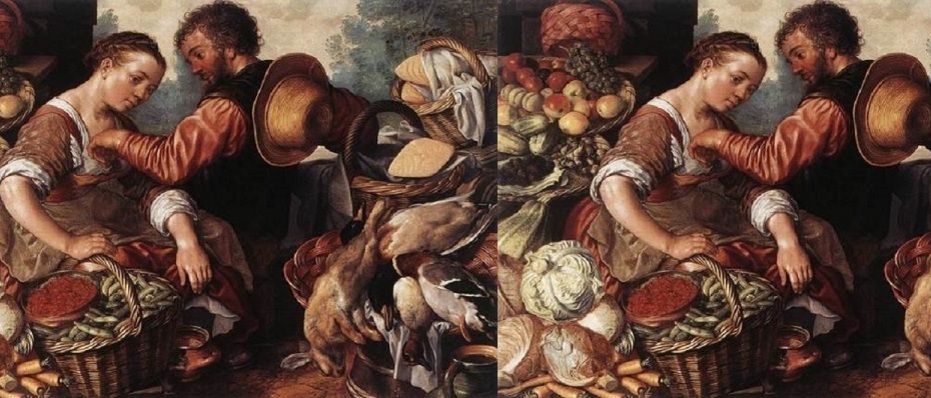Tudor Farming
Posted on 23rd January 2021
It is not farming we think of when we discuss the Tudor period of history, but it was one of the major factors of Tudor times with up to 90% of the population living in rural areas and farming being a way of life.
Farming was hard work with long hours, working from dawn to dusk. There were no tractors and combine harvesters like there are today. Fields were prepared by oxen (cattle) pulling a wooden plough with a metal cutting edge, being directed by the farmer on foot.
Farmers were reliant on their crop to feed themselves, so they grew things like wheat, barley and vegetables.
They also kept animals. Sheep were important for many reasons. They were sheared for their wool as this was needed to make clothing and bedding; used for their milk and for breeding and when the sheep got older, they were slaughtered for their meat.
Cattle were kept as working animals to pull the plough; they were also milked and when too old to work, slaughtered, with both the meat and the leather skin used.
Pigs were the most common farming animal, kept in a ‘Hogbog’, a type of pen where they resided on the ground level and poultry were kept in a coop above. Pigs were used a little like a rubbish bin, as they would eat anything; this was as a good way to recycle animal and human waste, and leftovers.
Chickens were kept for their eggs. Other poultry was also kept including geese.
In Tudor history, there was ‘common’ land which was available for farmers to graze their animals on, but the farmer was heavily reliant on the weather for a good crop, and if crops failed the farmer and his family were open to starvation.
Tagged as: Junior Tudors
Share this post:





